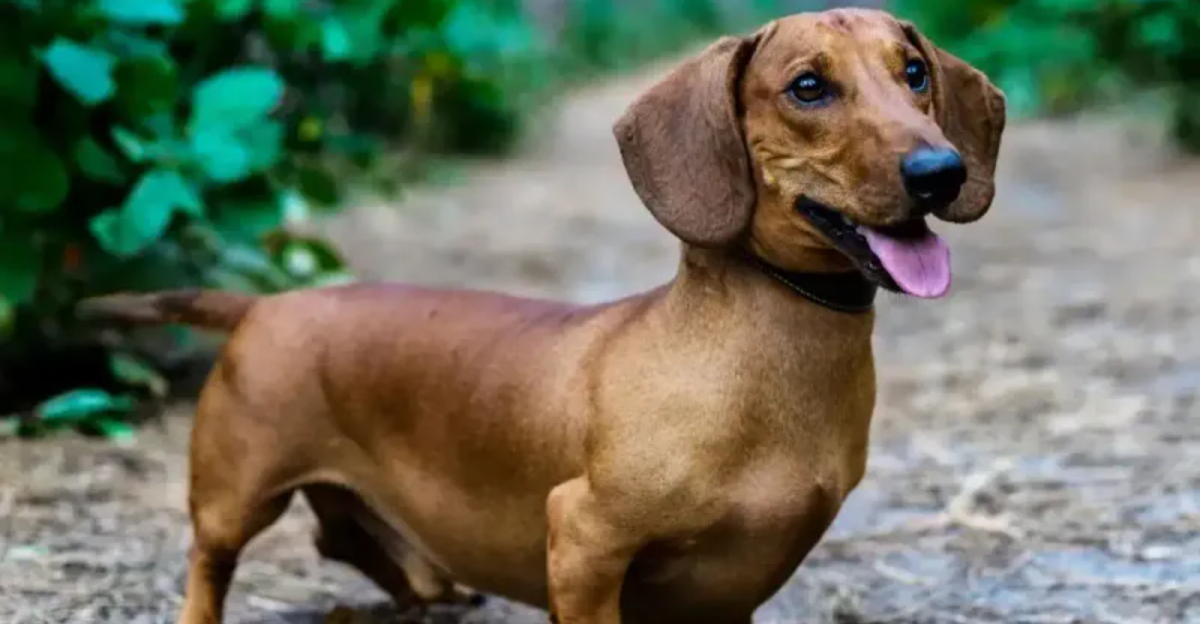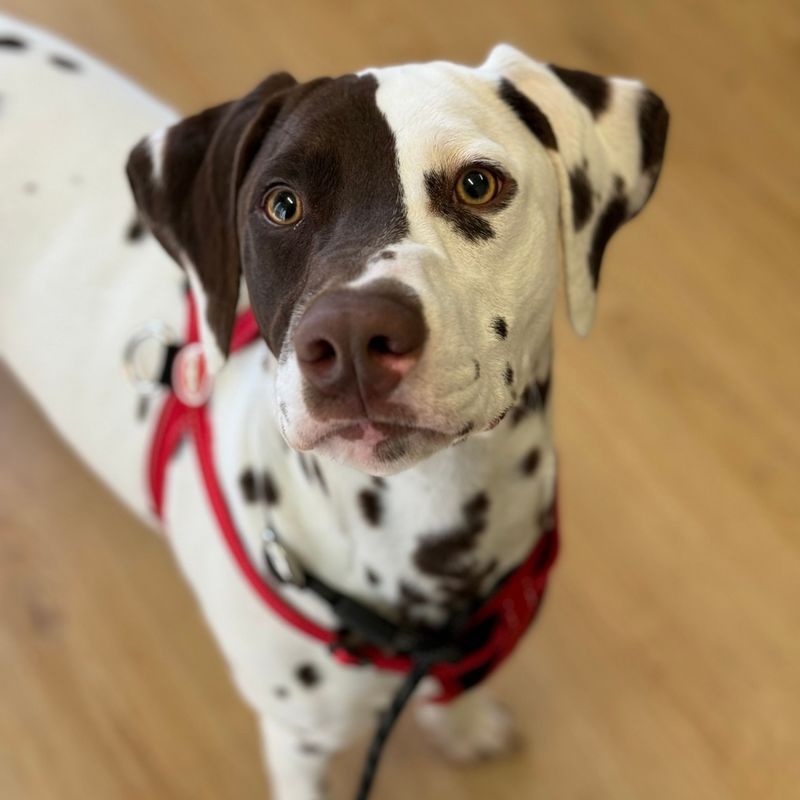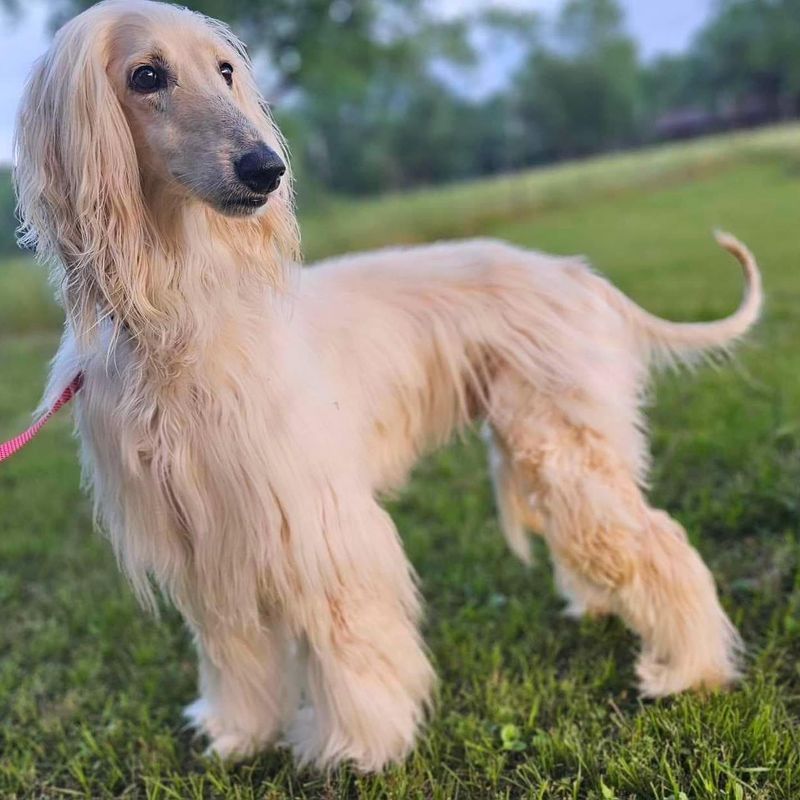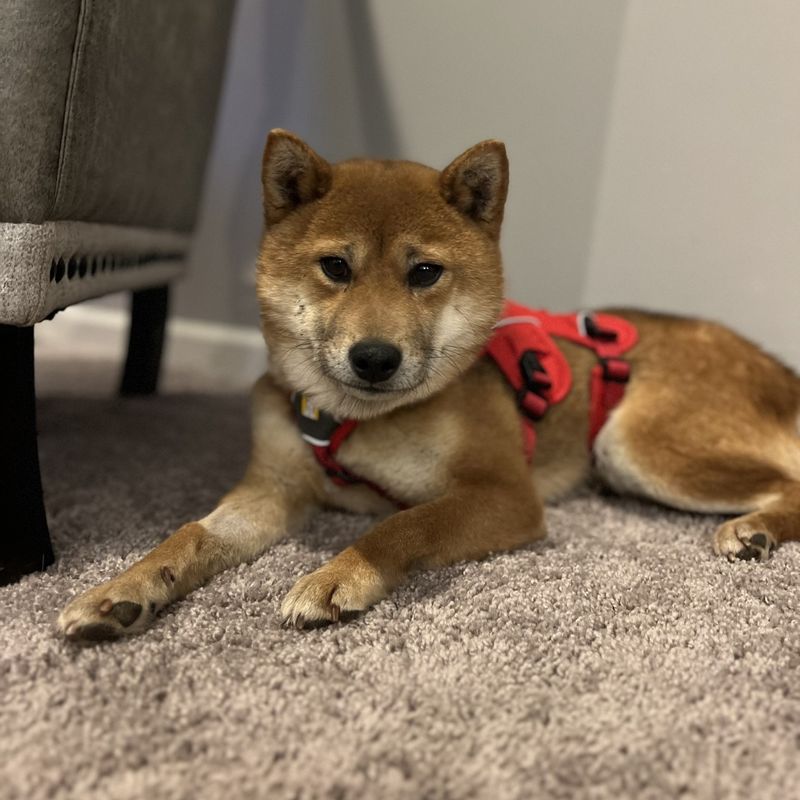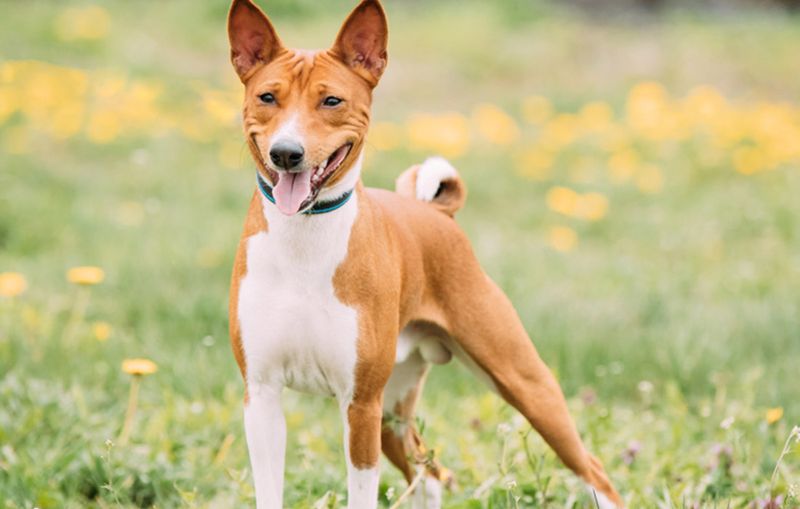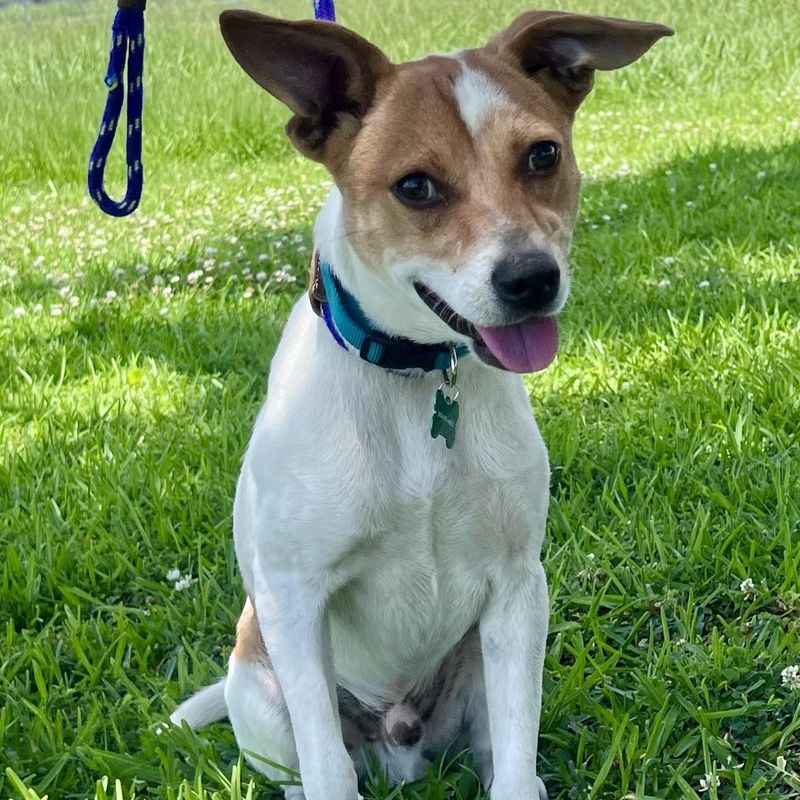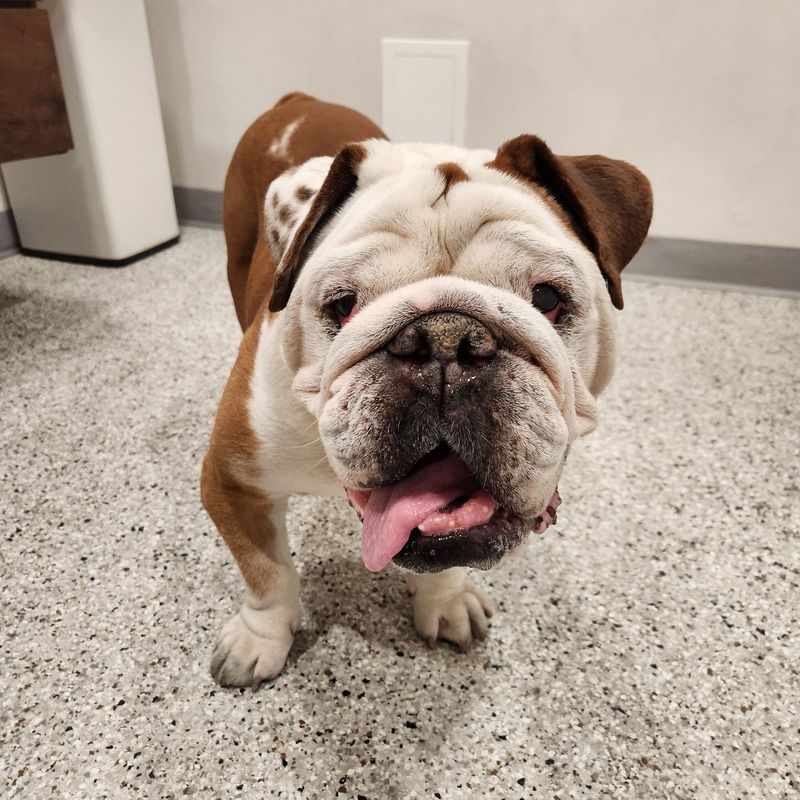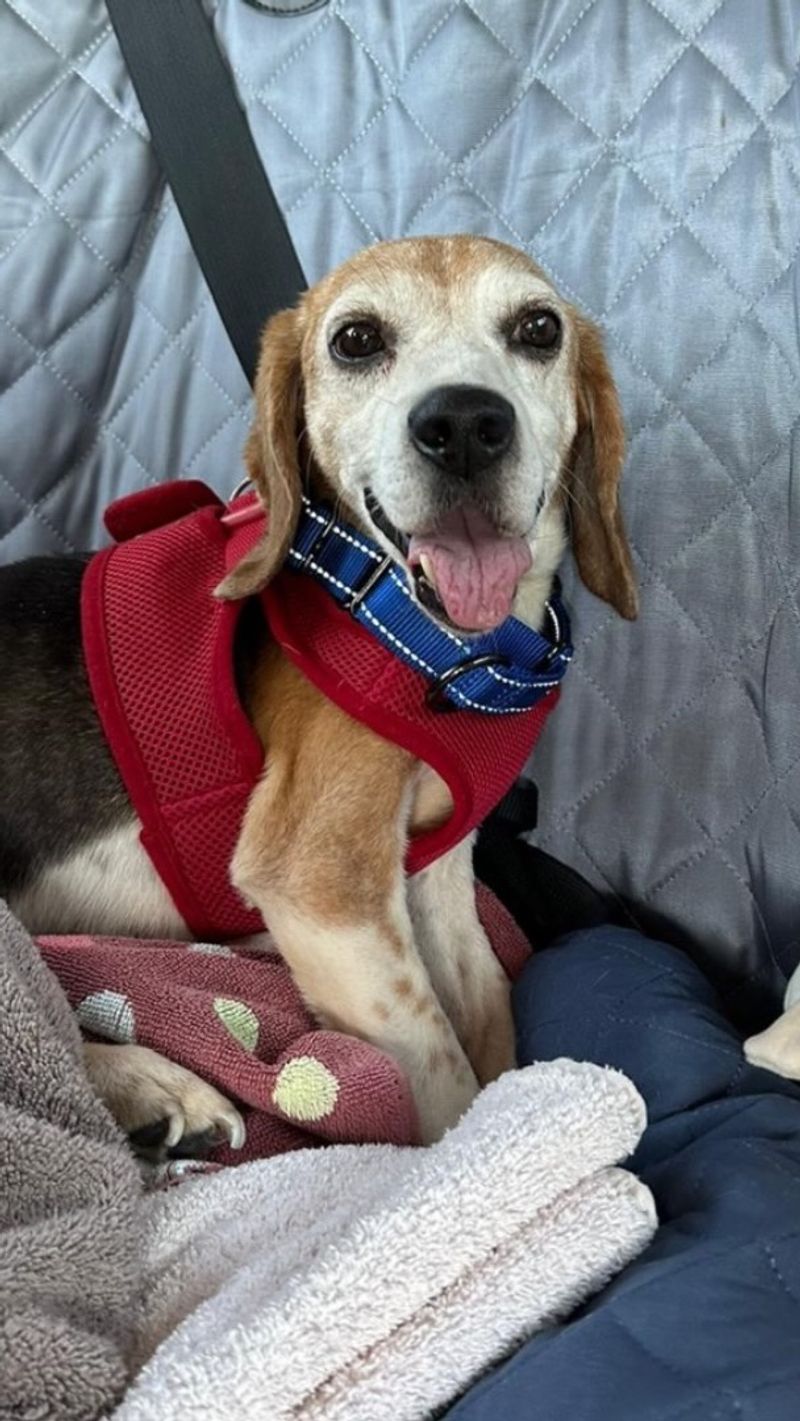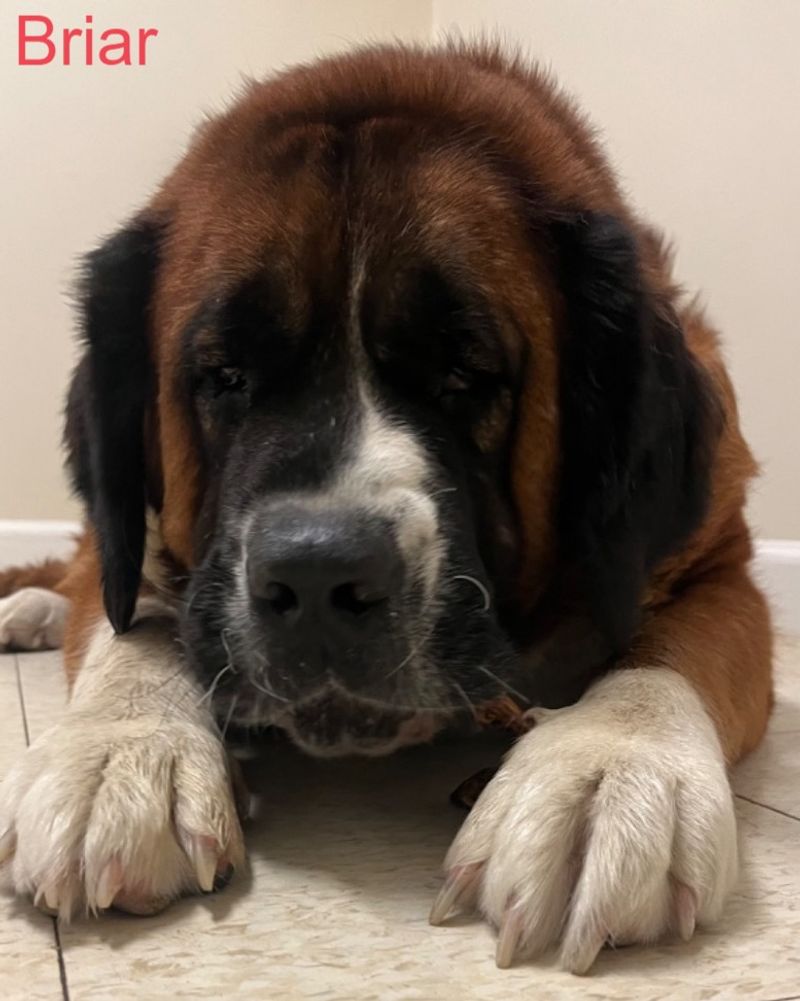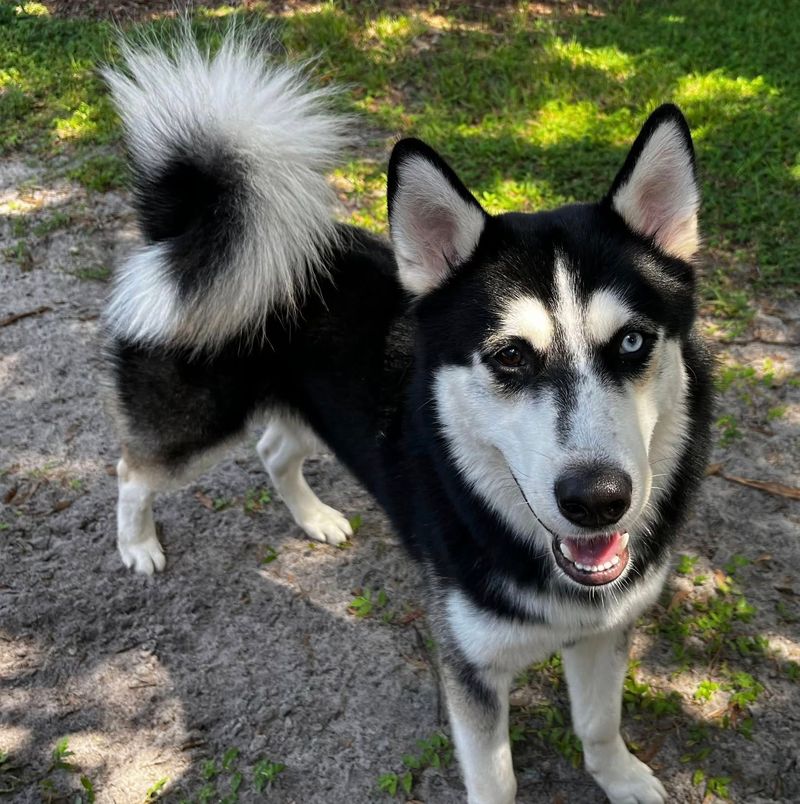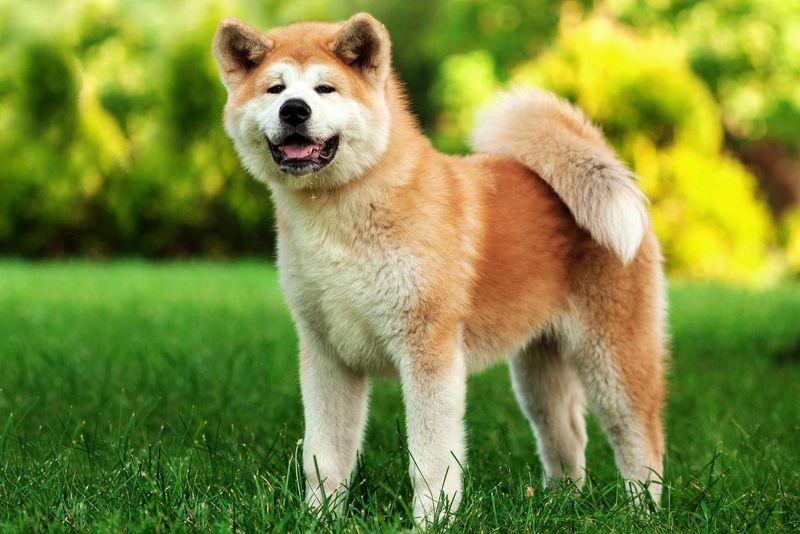Bringing a dog home is a big decision. While many breeds are known for their loyalty and companionship, there are others that may not fit well with family life. Here’s a look at 16 dog breeds that might not be the best choice for a harmonious household. Their traits, quirks, and histories make them intriguing, but also challenging as family pets.
Chow Chow
With a regal presence and aloof demeanor, the Chow Chow is like royalty in the canine world. Its distinctive lion-like mane adds to its majestic aura. However, this breed is known for being extremely independent and aloof.
Chow Chows can be fiercely loyal to their family but often regard strangers with suspicion. Their strong-willed nature makes training a challenge, as they prefer to do things their way.
Did you know? The Chow Chow is believed to be one of the oldest dog breeds, with a history tracing back to ancient China.
Dalmatian
Famous for its striking spots, the Dalmatian is a bundle of energy and enthusiasm. These dogs thrive on activity and require extensive physical and mental stimulation. Without it, they may become restless and engage in destructive behaviors.
Dalmatians are known to be strong-willed and often enjoy testing boundaries, making consistent training essential. They also have a history of being firehouse mascots, but their high energy levels can be overwhelming for families seeking a calm pet.
Did you know? Dalmatians were once used as carriage dogs, running alongside horses.
Afghan Hound
Graceful and elegant, the Afghan Hound moves like poetry in motion. Their silky, flowing locks are a sight to behold, but require diligent grooming. These hounds are known for their aloof nature and strong independence.
Though they appear refined, Afghan Hounds have a stubborn streak that can make training a challenge. They aren’t typically the best with children due to their sensitive and sometimes reserved personalities.
A fascinating tidbit: Afghan Hounds are one of the oldest dog breeds, with history dating back thousands of years in the Middle East.
Dachshund
Beneath its adorable sausage-like appearance, the Dachshund harbors a tenacious spirit. Bred for hunting small animals, they possess a strong prey drive. These dogs are fearless and often act as if they’re much larger than they are.
Their stubbornness can make training a test of patience, and they might not always get along with young children. Despite their size, Dachshunds require plenty of exercise to keep them content.
Fun fact: The Dachshund was originally bred in Germany to hunt badgers, hence the nickname “badger dog.”
Shiba Inu
With their fox-like appearance and spirited personality, Shiba Inus are both charming and challenging. They are exceptionally clean, often likened to cats in their grooming habits. However, Shiba Inus are notorious for their independence and aloofness.
Training a Shiba Inu requires patience and consistency, as they can be quite willful. While they can be affectionate, they often prefer to interact on their own terms.
Did you know? Shiba Inus are Japan’s most popular companion dog, known for their spirited nature and distinct ‘Shiba scream.’
Basenji
The Basenji, often called the barkless dog, is known for its silence. Instead of barking, they make a unique yodel-like sound known as a “barroo.” Though quiet, Basenjis are highly energetic and intelligent, requiring plenty of physical and mental stimulation.
Their independent nature can challenge even experienced dog owners. They are not typically fond of cuddling, and their cat-like grooming habits make them unique among canines.
Fun fact: Basenjis are one of the oldest dog breeds, originally from Central Africa, where they were used for hunting.
Jack Russell Terrier
With boundless energy and intelligence, Jack Russell Terriers are the epitome of spirited determination. These small but mighty dogs excel in agility and love a good chase, making them both entertaining and exhausting.
Their high energy levels require regular exercise and mental stimulation, or they may find mischief on their own. Jack Russells are independent and can be stubborn, often challenging their owners’ resolve.
Did you know? Jack Russells were originally bred for fox hunting, known for their speed and tenacity.
Weimaraner
With a sleek silver coat and piercing blue or amber eyes, the Weimaraner is a sight to behold. Known as the “grey ghost,” these dogs are spirited, intelligent, and require ample exercise. They thrive in active households with room to roam and explore.
Weimaraners can be very attached to their owners, sometimes leading to separation anxiety. They are high-energy and may not be suitable for families looking for a low-maintenance pet.
Interesting fact: Weimaraners were bred in Germany for hunting large game like boar and deer.
Bulldog
Bulldogs are cherished for their distinctive wrinkled faces and roly-poly bodies. With a calm demeanor, they often prefer lounging to vigorous play. While their laid-back attitude can be endearing, their stubborn nature may pose a challenge in training.
Bulldogs can be prone to various health issues, requiring dedicated care and attention from their owners. They are not particularly energetic, making them suitable for families seeking a more sedentary companion.
Did you know? Bulldogs were originally used in bull-baiting, a sport now banned, which shaped their tough appearance.
Australian Cattle Dog
Renowned for their intelligence and agility, Australian Cattle Dogs are the embodiment of industriousness. Their origins as herding dogs have endowed them with a sharp, alert mind that thrives on challenges.
These dogs are not for the faint-hearted, requiring significant mental and physical stimulation to ward off boredom. They can be nippy, especially with children, and may exhibit herding behavior at home.
Fun fact: Also known as Blue Heelers, these dogs were instrumental in the cattle industry in Australia, known for their hard work and endurance.
Beagle
With their inquisitive noses, Beagles are the detectives of the dog world. Their sense of smell guides them, often leading them into mischief. Beagles are merry and eager, but their determination can sometimes translate into stubbornness.
These small hounds require patience and consistent training to channel their energies positively. Though friendly, they might not always heed commands, especially when a scent is involved.
Did you know? Beagles were originally bred for hunting hares and have an incredible sense of smell and tracking instinct.
Saint Bernard
Gentle giants of the dog world, Saint Bernards are known for their enormous size and kind demeanor. Their large frames require ample space, and their drool is legendary. While affectionate and patient, their sheer size can be overwhelming for small children.
Saint Bernards are best suited to homes with plenty of room and cooler climates, as their thick coats can make them uncomfortable in heat.
Did you know? Saint Bernards are famed for their mountain rescues, equipped with small barrels of brandy to revive stranded travelers.
Chihuahua
Small in stature but large in personality, Chihuahuas are the epitome of the “big dog in a small body” mentality. Their boldness often leads them to take on challenges far beyond their size.
Chihuahuas can be fiercely loyal, sometimes to the point of possessiveness, and may not always get along with children. They thrive in calm environments where they can reign as the main attraction.
Fun fact: The Chihuahua is named after the Mexican state of Chihuahua, where the breed was discovered in the mid-1800s.
Siberian Husky
With their wolf-like appearance and striking blue eyes, Siberian Huskies are captivating yet complex companions. Bred for sledding, they possess boundless energy and require extensive exercise.
Huskies are known for their strong pack instincts, which can lead to mischief if left unsupervised. They are independent thinkers, making training a test of patience. Their love for running means a secure yard is essential.
Did you know? Siberian Huskies were originally bred by the Chukchi people in Siberia for pulling sleds across frozen terrain.
Akita
Majestic and powerful, the Akita commands respect with its dignified stance. Known for their loyalty, Akitas are often reserved with strangers but devoted to their families.
Their independent nature can make them aloof, and they may not tolerate other pets. Training an Akita requires firmness, patience, and consistency, as they tend to think for themselves.
A cultural tidbit: In Japan, Akitas are considered symbols of good health, happiness, and long life. They’re often given as gifts to celebrate these attributes.
Cocker Spaniel
Cheerful and exuberant, Cocker Spaniels are known for their affectionate nature and boundless energy. Their long, flowing ears and soft eyes give them a gentle, approachable appearance.
While they thrive on companionship, they require regular grooming to maintain their beautiful coats. Cocker Spaniels can be prone to separation anxiety, and their spirited nature means they need plenty of playtime.
Did you know? Cocker Spaniels were initially bred for hunting woodcock, which is how they got their name.
